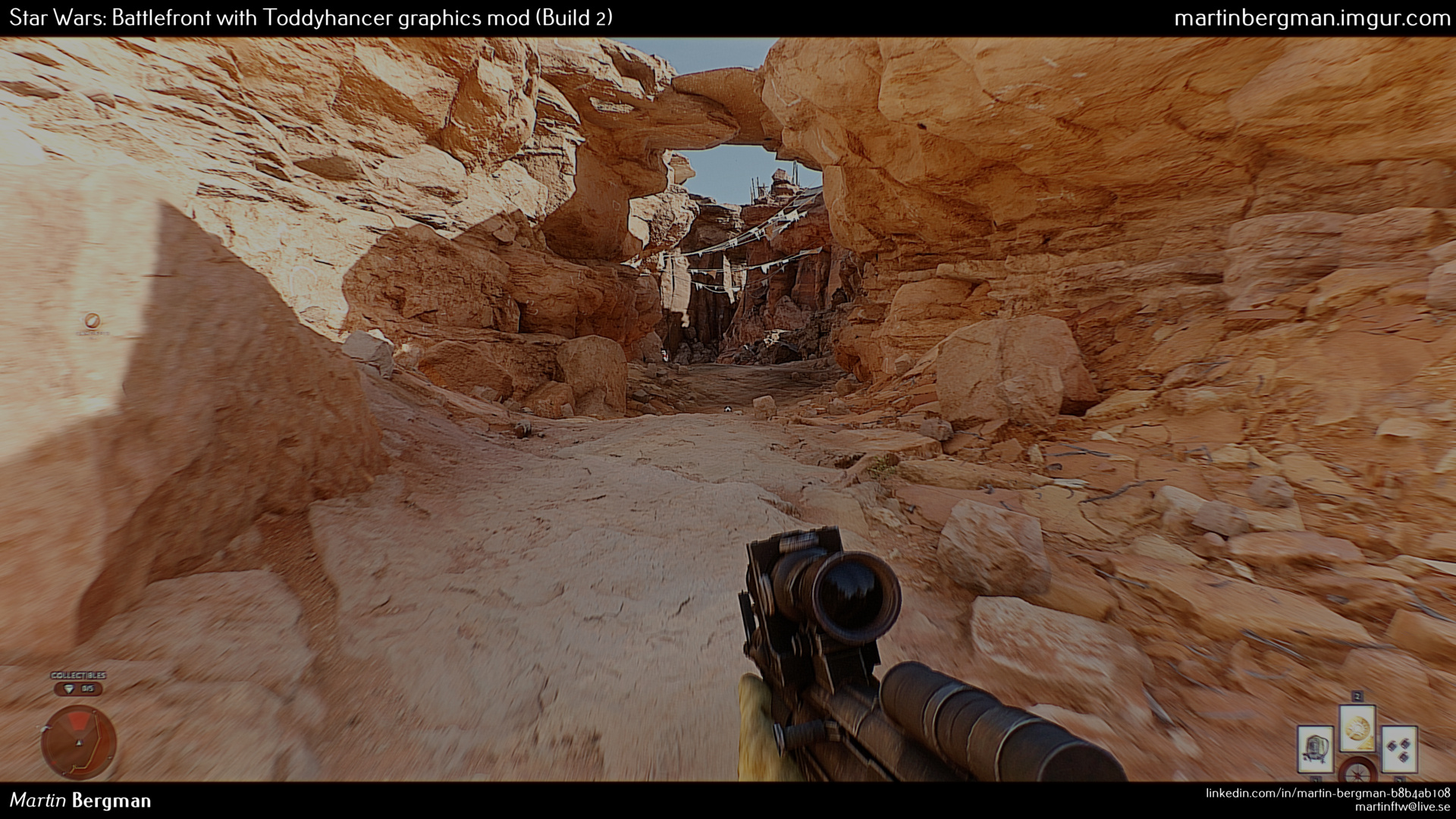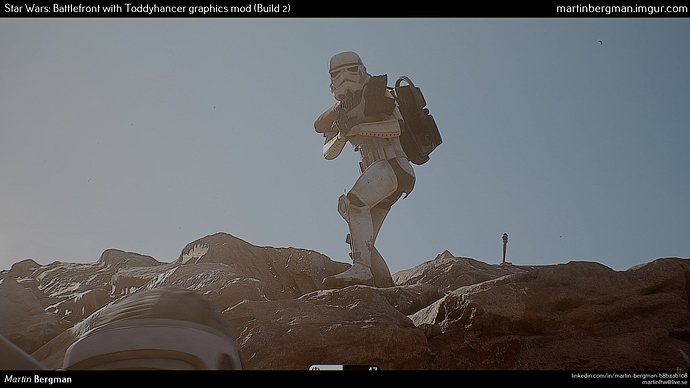Let me start off by saying that I respect AAA game titles for how they push computer graphics further and further. GTA 5 bears an uncanny resemblance to real life – uncanny, because it’s a computer game. A game with that kind of graphics…wow. I want to do that!
But these games are normally made using modern game engines, of which the three most popular are Unreal Engine, Unity3D and CryEngine. All three of these games are insanely powerful tools – but I don’t want to use these engines. Firstly, somehow a large part of the credit ends up going to them. Secondly, I feel like they’re not for me, because I just don’t like doing things without understanding how the rendering is done behind the scenes. Which is why I learnt OpenGL.
But from what I understand, these engines were made using OpenGL, because of its availability on most platforms, unlike Direct3D. That’s what I got off of the Internet. So how do I go about achieving those really breathtaking graphics in LWJGL (I’m referring to the realistic lighting, the soft shadows and basically the realistic physics)? Most importantly, is it possible for one person to do it within one year?
EDIT: my focus is on the lighting and shadows.


 And kudos to Riven for digging that up
And kudos to Riven for digging that up 


